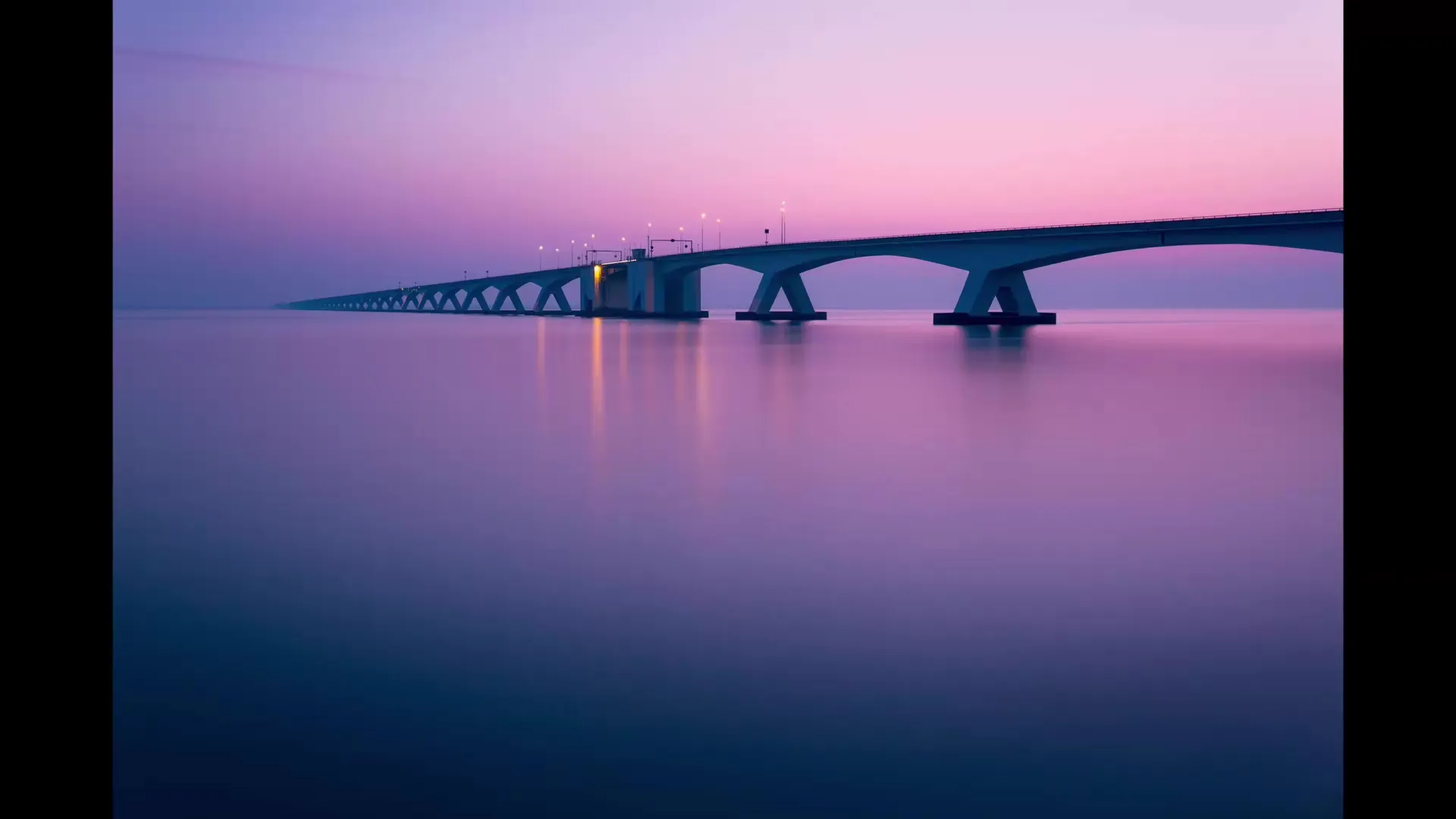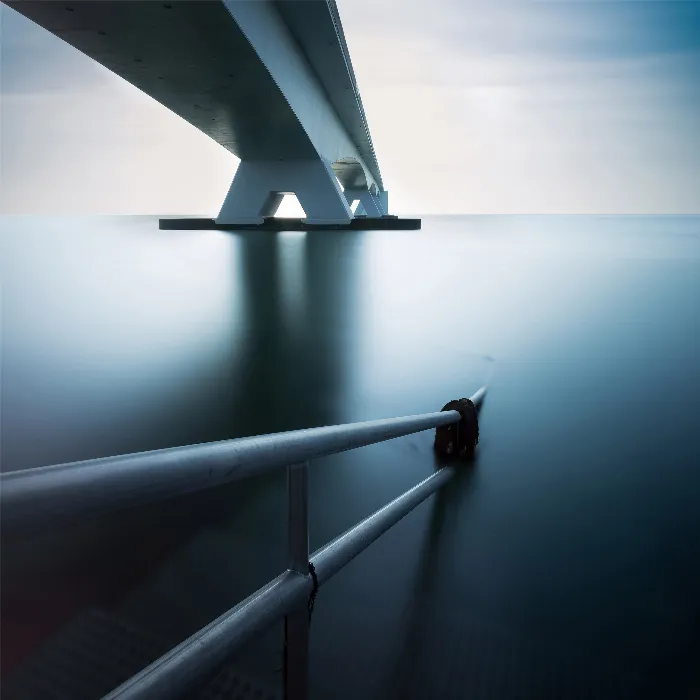Long exposures give you the opportunity to experiment with the visual language of your photos. In particular, the effect on water can achieve impressive and artistic results. In this guide, I will show you how to use the long exposure effect to make water appear soft and smooth in your photos. I will present two specific examples and explain which techniques and settings are involved.
Key findings
Long exposures ensure that flowing water looks soft and smooth, similar to mist or steam. The exposure time varies according to the speed of the water: fast rivers require shorter times, while calmer water requires longer exposures.
Step-by-step guide
Step 1: Understanding the effect of long exposure
First of all, it is important to understand the visual effects that a long exposure has on water. The longer exposure time "captures" the movement of the water, which makes it look less dynamic. Individual water droplets and waves disappear in a mist effect. With this technique, the water transforms into a uniform, smooth surface.

Step 2: Analyzing example image at Niagara Falls
In a first example image, the Niagara Falls were photographed. With an exposure time of 25 seconds, the water becomes almost like an ethereal veil. This perfectly illustrates how long exposures make water softer. Look closely at the details in this image to understand the effect. You will see that the water no longer appears as a waterfall, but rather as soft and flowing. It looks as if curtains are blowing in the wind, which adds a special depth to the image.

Step 3: EXIF data and its significance
To reproduce the effect, you should analyze the EXIF data of your photo. The example image from Niagara Falls has the following settings: ISO 100, 32 mm focal length, aperture 11, and an exposure time of 25 seconds. These settings are crucial to achieving the desired result. Pay particular attention to the ISO values and the aperture, as they can have a significant impact on the exposure time and image quality.

Step 4: The influence of exposure time
The exposure time is key to the effect of long exposure. The longer the exposure time, the smoother the water appears. In our case, the 25-second exposure makes the water soft, while shorter exposure times (e.g., 1/800 second) would depict the water droplets very sharply. Don't forget: For fast-flowing water, 15 to 30 seconds is often sufficient.
Step 5: Second example at Seeland Bridge
In the second example, the Seeland Bridge in the Netherlands is shown. Here, an exposure time of 360 seconds (6 minutes) was used. This long exposure creates an effect where the water in the foreground and the sky in the background appear extremely even—almost like a gradient. The reflections in the water are enhanced, making it seem as if the bridge leads into infinity.

Step 6: Finding the ideal exposure time
To achieve the effect of mirror smoothness, a slightly longer exposure time is important, especially when the water is moving. On calm days or with slower water flows, a longer exposure time may be necessary to smooth the minimal movement in the water. Thus, in this example, an exposure time of 6 minutes was chosen to perfectly represent the water.
Step 7: Experimenting with different settings
It is important to experiment with the settings. Sometimes an exposure of 8 minutes can even yield better results when the water flows particularly slowly or is nearly still. Be sure to understand the influence of time on image quality and react accordingly. Stay focused on your goal: the perfect, even water surface.
Summary – Long exposures from A to Z: Smoothing water for impressive photos
In summary, long exposure is an excellent way to smooth water and give it a spectacular effect. By experimenting with different exposure times, you can achieve fascinating results and give your photos a special atmosphere.
Frequently asked questions
How long should I expose the water for the right effect?The ideal exposure time varies depending on the flow speed of the water. Generally, 15 to 30 seconds is sufficient for fast-flowing waters, while calmer waters need longer times.
How does the aperture affect image quality in long exposures?The aperture controls the amount of light hitting the sensor. A smaller aperture (e.g., f11) allows for a longer exposure time, which is ideal for long exposures while also increasing depth of field.
Can I also do long exposures in daylight?Yes, it is possible to achieve long exposures in daylight by using ND filters that reduce the light entering the lens.


